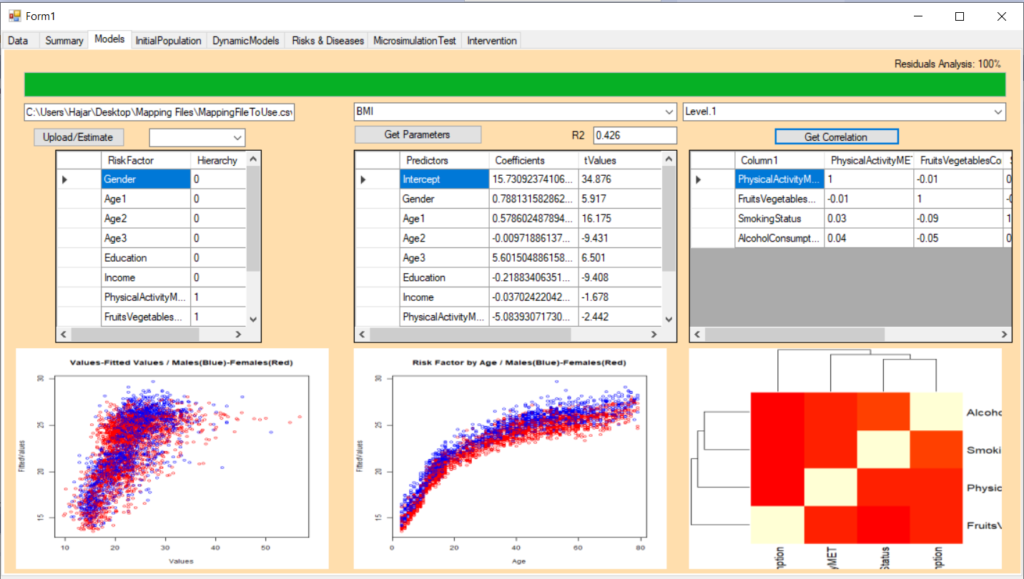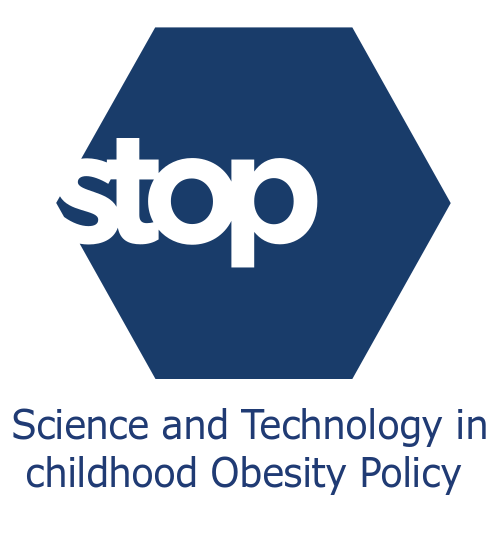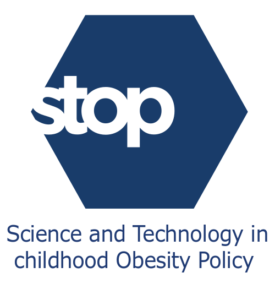By Ali Belabess
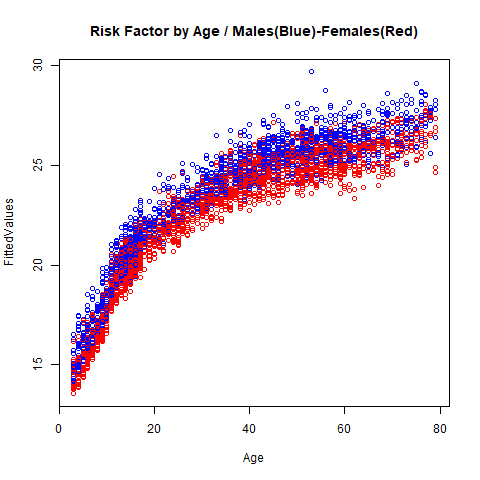 Microsimulation models of health outcomes are designed to reproduce the epidemiological dynamics of a population of interest. Models do so by simulating individual life histories for each member of the population, including key dimensions of disease processes. Every individual’s state is updated annually according to statistical models accounting for a wide range of factors that influence their probabilities of developing diseases or dying, such as age, sex, socio-economic status, body mass index, smoking status, alcohol consumption, food and nutrient intakes, and physical activity. These characteristics and behaviours evolve over time and could directly or indirectly modify the risk profile of the individual and their susceptibility to new diseases. The simulated life histories can then be aggregated to estimate the population-level effects of policies and interventions.
Microsimulation models of health outcomes are designed to reproduce the epidemiological dynamics of a population of interest. Models do so by simulating individual life histories for each member of the population, including key dimensions of disease processes. Every individual’s state is updated annually according to statistical models accounting for a wide range of factors that influence their probabilities of developing diseases or dying, such as age, sex, socio-economic status, body mass index, smoking status, alcohol consumption, food and nutrient intakes, and physical activity. These characteristics and behaviours evolve over time and could directly or indirectly modify the risk profile of the individual and their susceptibility to new diseases. The simulated life histories can then be aggregated to estimate the population-level effects of policies and interventions.
The modelling team at Imperial College London has developed a generic and flexible framework to model the very complex associations between key risk factors and their links with a range of non-communicable diseases, while giving users the option of testing different hypotheses. More specifically, users are able to choose what risk factors to simulate and define their causality structure. Based on this logic, the model analyses historical data, surveys and country-level data, to infer a plausible dynamic which is subsequently combined with demographic and epidemiological data to create a baseline scenario. Alternative scenarios are then generated and compared with the baseline scenario to determine the effects of health care interventions and policies both for the individual and for the whole of society.
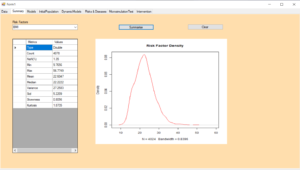 Currently, the team is adding two new modules to the microsimulation tool:
Currently, the team is adding two new modules to the microsimulation tool:
- Health care expenditures: This module uses advanced machine learning algorithms to analyse the last 16 years of health spending data. The aim is to predict future spending in a country based on the profile of diseases.
- Cancer modelling: Mortality due to cancers is typically a declining function of time since diagnosis, and it varies across different types of cancer. The team is developing a module for cancers that will analyse a combination of epidemiological data from IHME and GLOBOCAN IARC databases to infer the necessary rates for the microsimulation tool.
